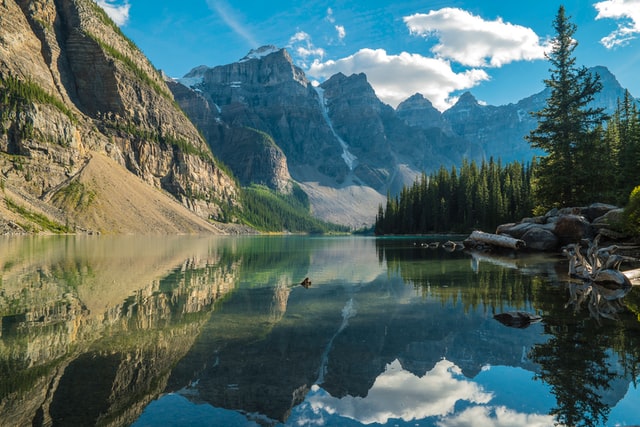United Nations Human Rights Committee finds that Australia is violating human rights obligations towards Torres Strait Islanders for climate inaction By Maria Antonia Tigre On September 23, 2022, the United Nations Human Rights Committee (UNHRC) delivered a landmark decision in Daniel Billy and others v Australia (Torres Strait Islanders […]
Indigenous Peoples
On Earth Day, citizens all around the world make a concerted effort to reflect upon their relationship with nature, and collectively share what specific actions we can take to protect our planet against threats such as air and water pollution, deforestation, species decline, extreme weather events, and more — all of which are exacerbated by climate change.
The “Rights of Nature” movement is fundamentally rethinking humanity’s relationship with nature, and it is gaining momentum. It is led by activists advocating for ecosystems such as rivers, lakes, and mountains to bear legal rights in the same, or at least a similar, manner as human beings. This movement is striving for a paradigm shift in which nature is placed at the center and humans are connected to it in an interdependent way, rather than a dominant one. How would such a legal system work, and could giving rights to nature help in the legal battle against climate change? A few case studies offer some insight.

